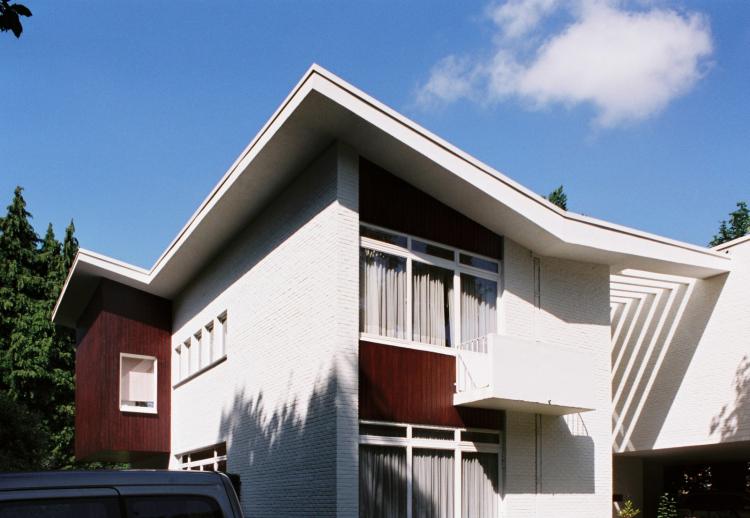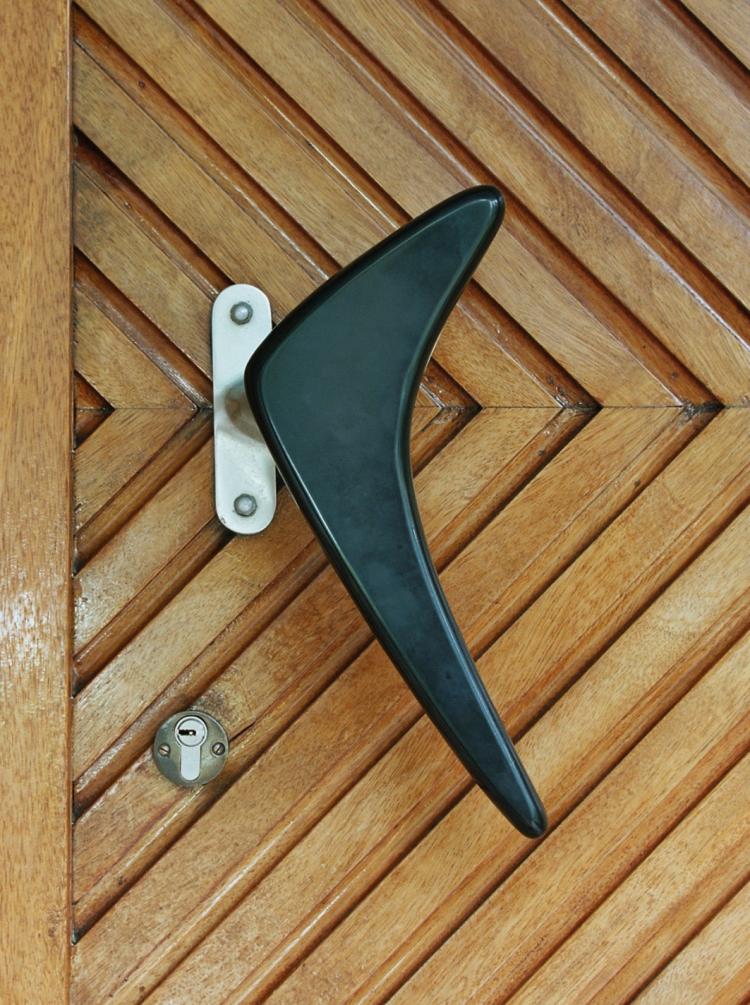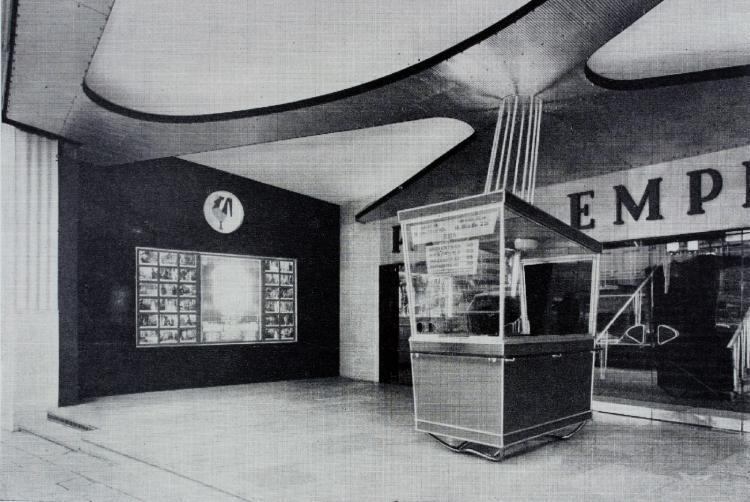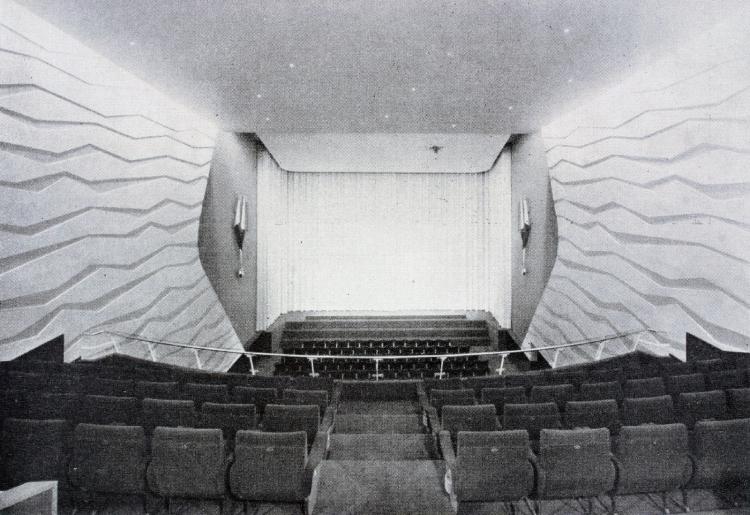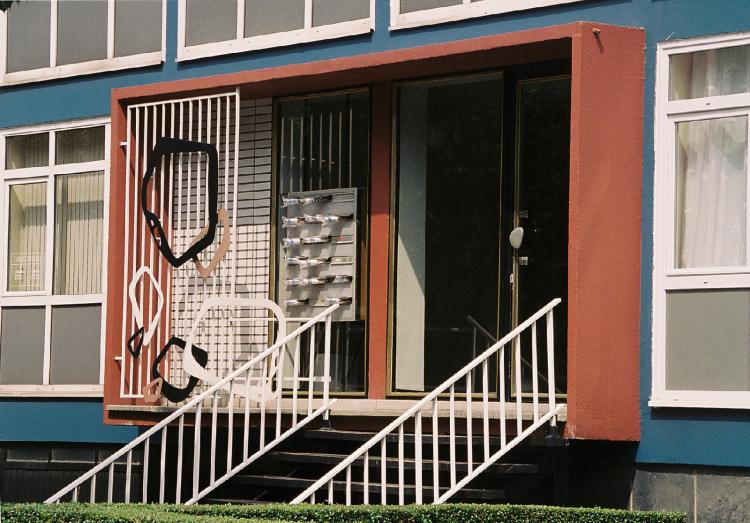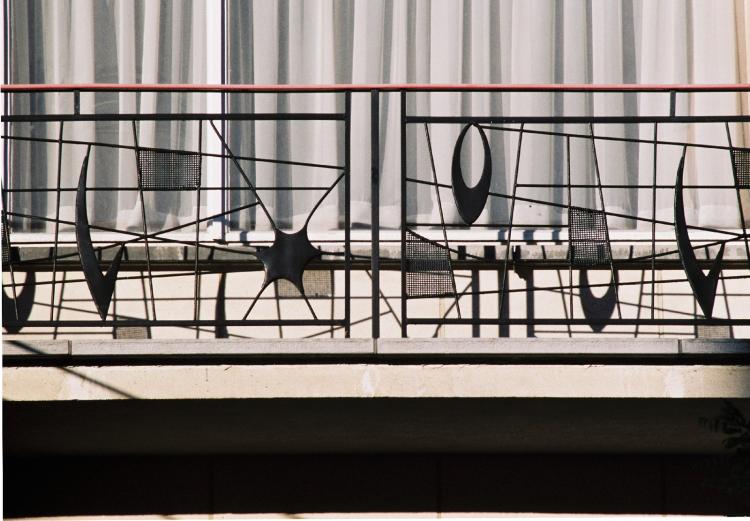Style 58
Named in reference to the year
of its establishment at the Expo, Style 58 humanises functionalism through the
introduction of decorative forms. Full of freshness and fantasy, this trend
blossoms in both design and the arts, as well as in architecture.
Reflections of the ambient optimism, the colours are joyful and the forms energising: V-shaped pillars, cap-shaped canopies and boomerang-shaped handles. This short-lived style – it already disappears circa 1963 – gives modernism an undeniable power of seduction.
Reflections of the ambient optimism, the colours are joyful and the forms energising: V-shaped pillars, cap-shaped canopies and boomerang-shaped handles. This short-lived style – it already disappears circa 1963 – gives modernism an undeniable power of seduction.
Style 58 appears several years before the exhibition to which it gives its name, as attested to by this amazing house designed in 1955 by the architect Jacques Dupuis.
When it becomes popular at the end of the 1950s, Style 58 is perceived by the avant-garde architects as vulgar décor. The 1962 Architecture journal reads, with regard to this typically 58 villa, that it is representative of the taste for effect and ostentation: everything is in the same vein, seeking effect by questionable means. One of our master builders used to sarcastically say: when your construction is good, show it off, when it is bad, decorate it.
The perfect expression of Style 58 is found in architectural programmes that have to be resolutely attractive, such as stores, service stations, bowling alleys and theatres.
Built between party walls, the Mirano stands out with an enormous concrete canopy topped with a tall sign. Lines of neon converge towards the entrance, as if to show the spectator the path to follow.
Designed at the start of 1958, the garage project of the Mabille firm shows as much evidence of daring as the pavilions of the Expo. For technical reasons, the two vast arches that should have linked the buildings were however never created.
The modernism of the present time is as different from the modernism of 1930 as a leopard is from a three-horned rhinoceros. The heavy and puritan character gave way to lighter structures, more fluid rhythms and subtler colours. […] the current generation is reintroducing in compositions the line which had been considered shameful, previously humiliated colour, cheerful decorative detail […]. In short, the poets have prevailed over the moralists. […] And the mood has been rediscovered. (La Maison, issue 9, 1961).

